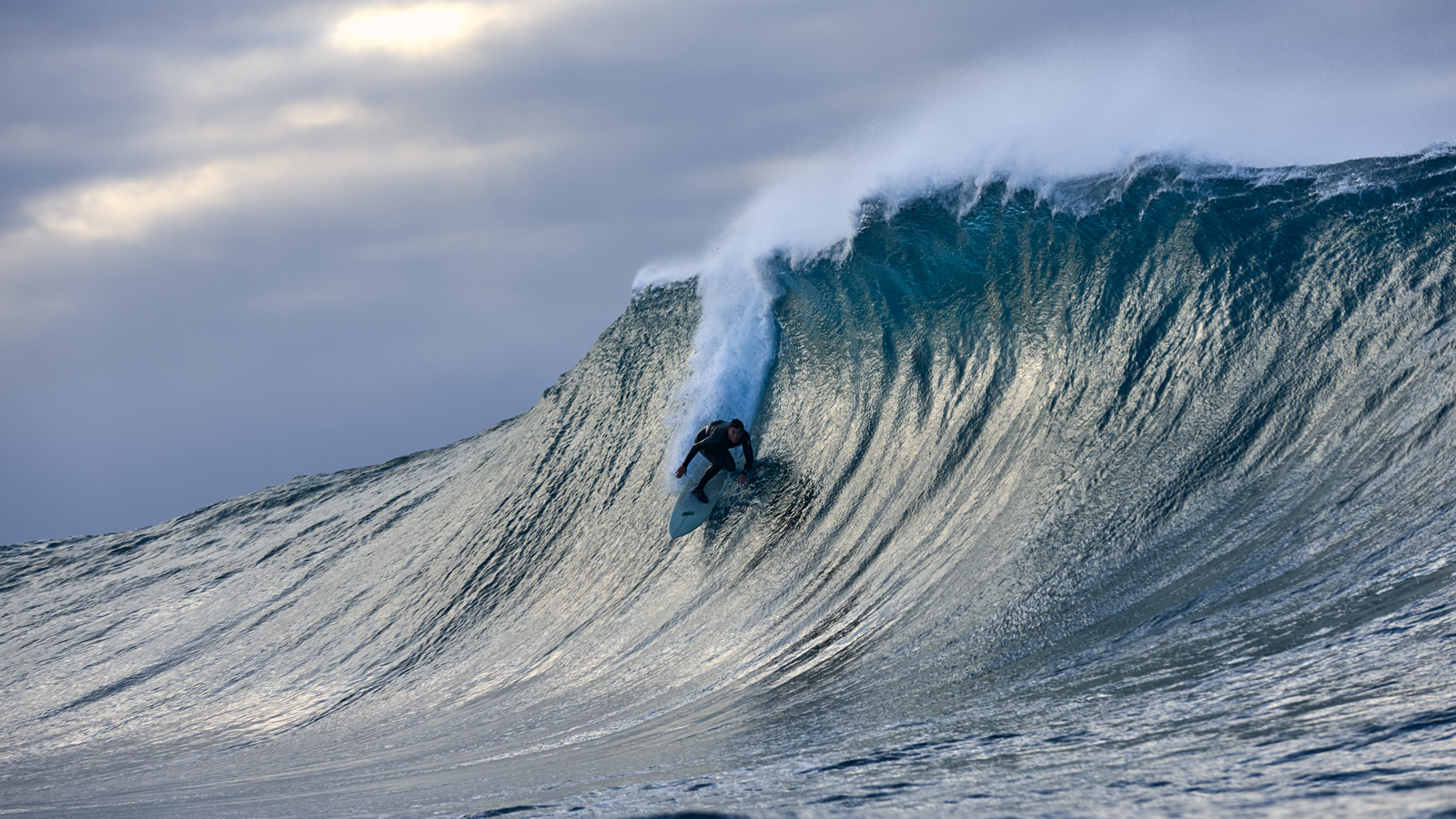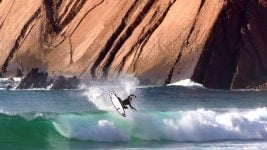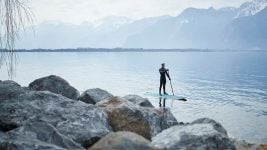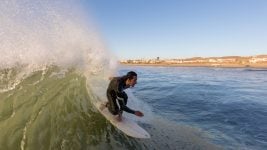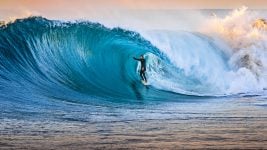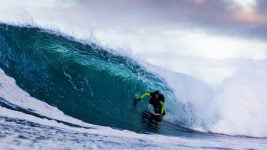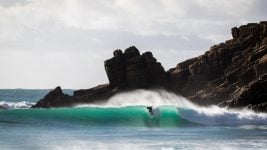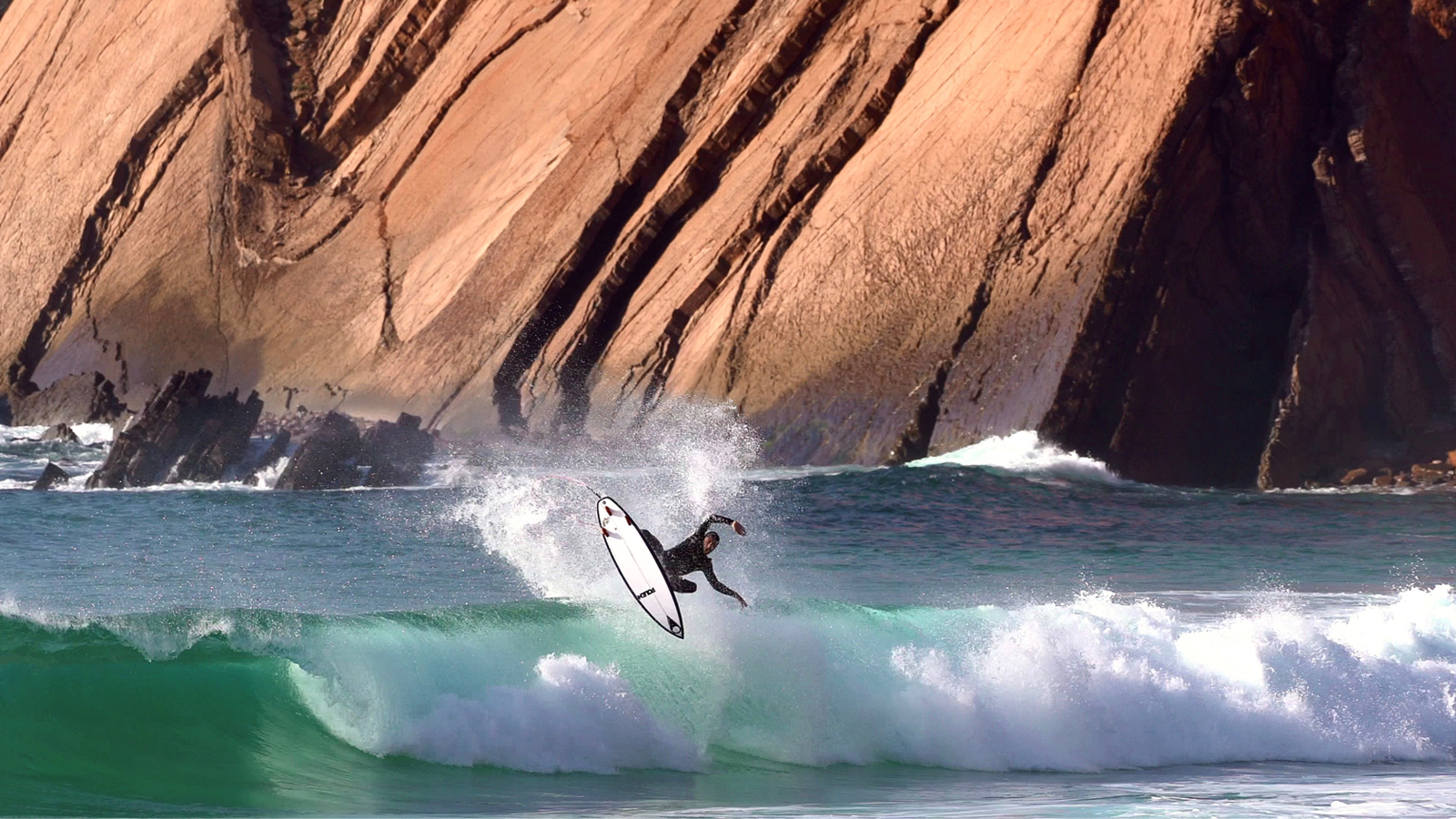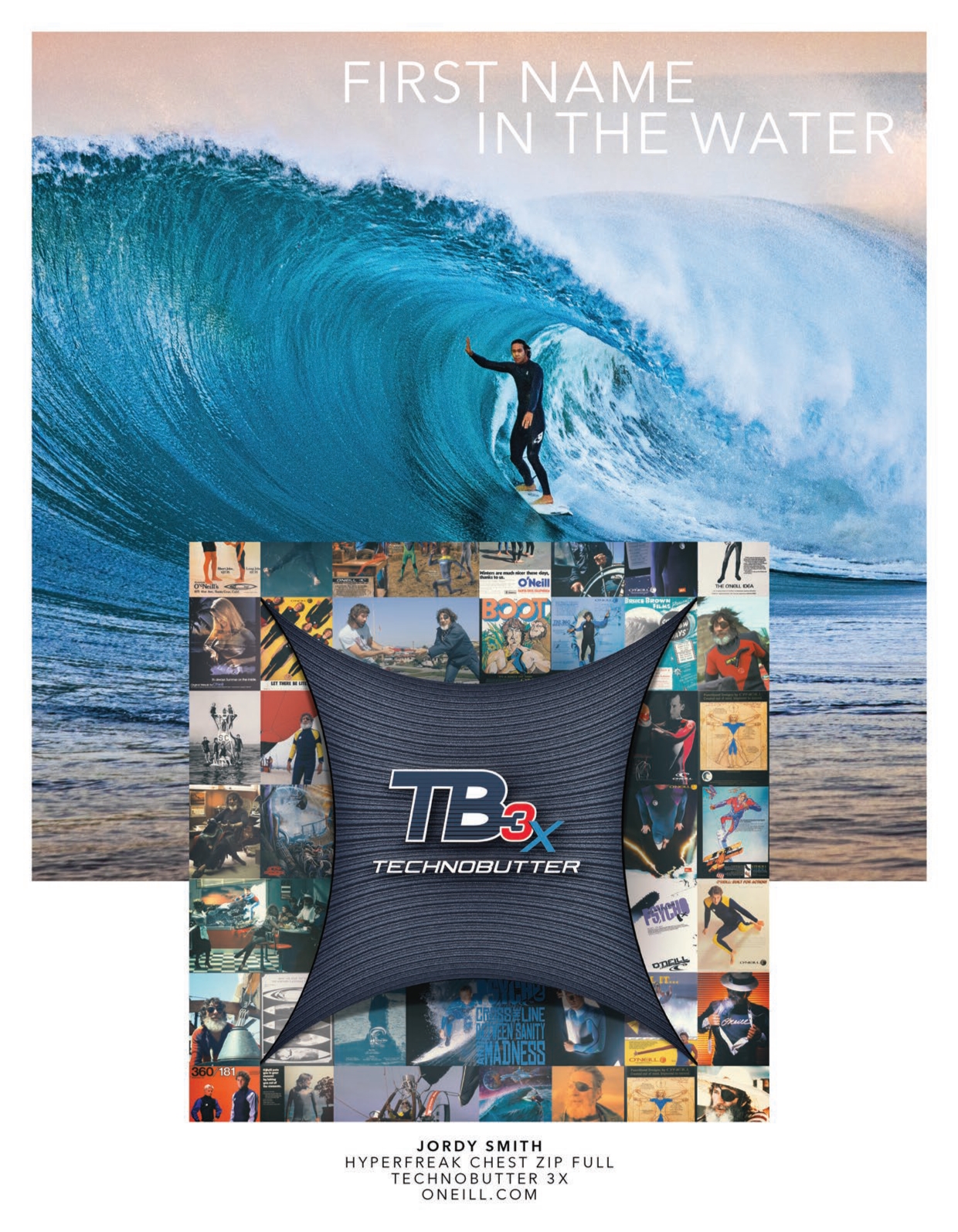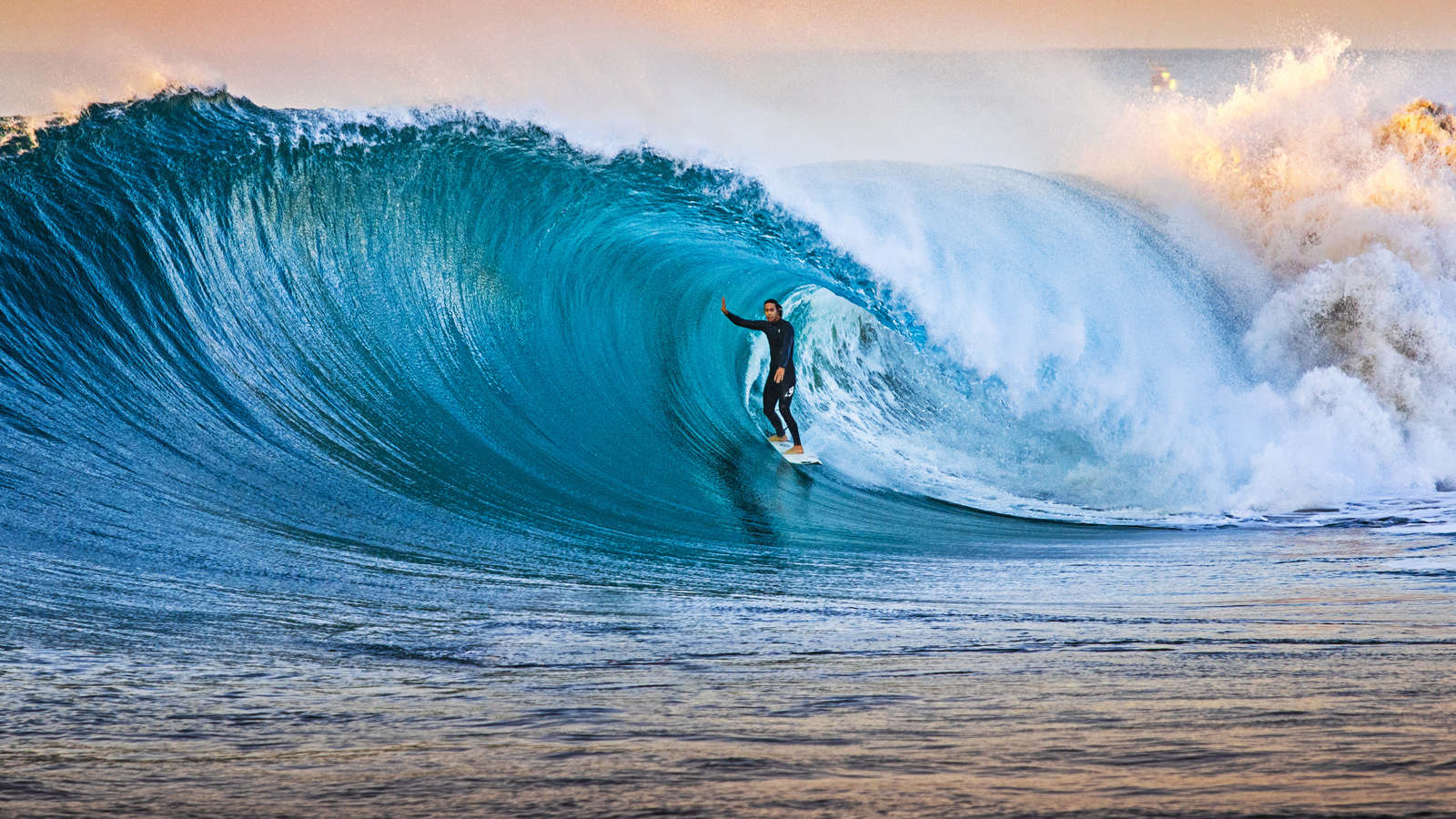
O’Neill Wetsuits FW 21/22 Preview
Retail Buyers Guide: Wetsuits FW21 Retail Buyer’s Guide
Brand: O'Neill
Interviewee: Tom Copsey, Product Manager
Have you noticed any changes in purchasing behavior in the winter wetsuit category due to the climate change? (as the last winter seasons have been particularly mild)
We sell to every climate including the very cold ones a large migration from thicker to thinner suits. In fact, the opposite is true, and we have seen a good increase in our warmest and our hooded wetsuits. However, the popularity of the 4/3 is on the rise when we look at the whole year.
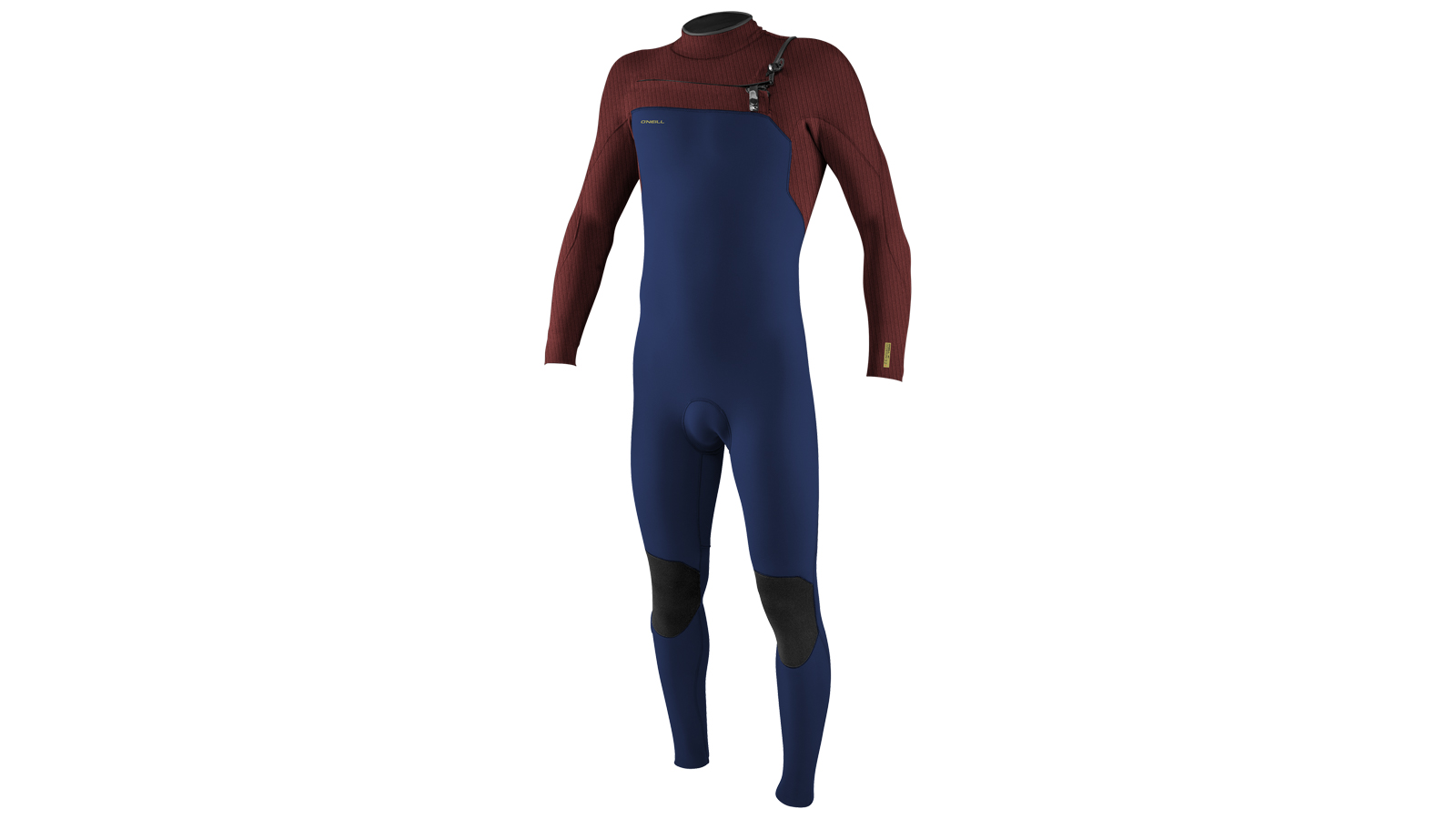
HYPERFREAK
The unexpected surfing boom in 2020 is likely to generate shortages of wetsuits for the current season, Is this what your seeing?. And more importantly, how do you anticipate the growth of the category for FW21? (supply chain)
We have sold through on all our wetsuits this year and are experiencing double the normal factory lead times for 2021 production. The shortage will possibly continue throughout 2021 until the factories and their supply chains start to catch up with lost time and extra demand so maybe expect a return to some sort of normality by late ‘22.
S21 preorders were way above to what we have ever seen before, and we fully expect F21 to look the same as most stores are totally sold out again.
Wetsuits sub-ranges are generally declining. What is your position on the simplifying of the ranges breakdown?
As we have a broad customer base, we are required to have a few ‘sub-ranges’ but overall agree with the concept of keeping things simple. This not only assists with marketing the technologies and educating the stores but, most importantly, helps the end consumer make the correct purchasing decision.
A strong emphasis has been put on the internal/external linings for the last few years. What do you put on the table for FW21?
All our internal/external jersey linings are nylon based that tends to be a lot more flexible and comfortable than cheaper polyester alternatives. We are using recycled versions of these in our premium suits with a focus on introducing them to our wider range soon.
For the ultimate in body heat retention, we have O’Neill’s unique single lined external material, Nova Skin, which has the ability to be glued and blind stitched due to its strong Graphene microfiber backing. This can be found in our Blueprint series of full wetsuits.
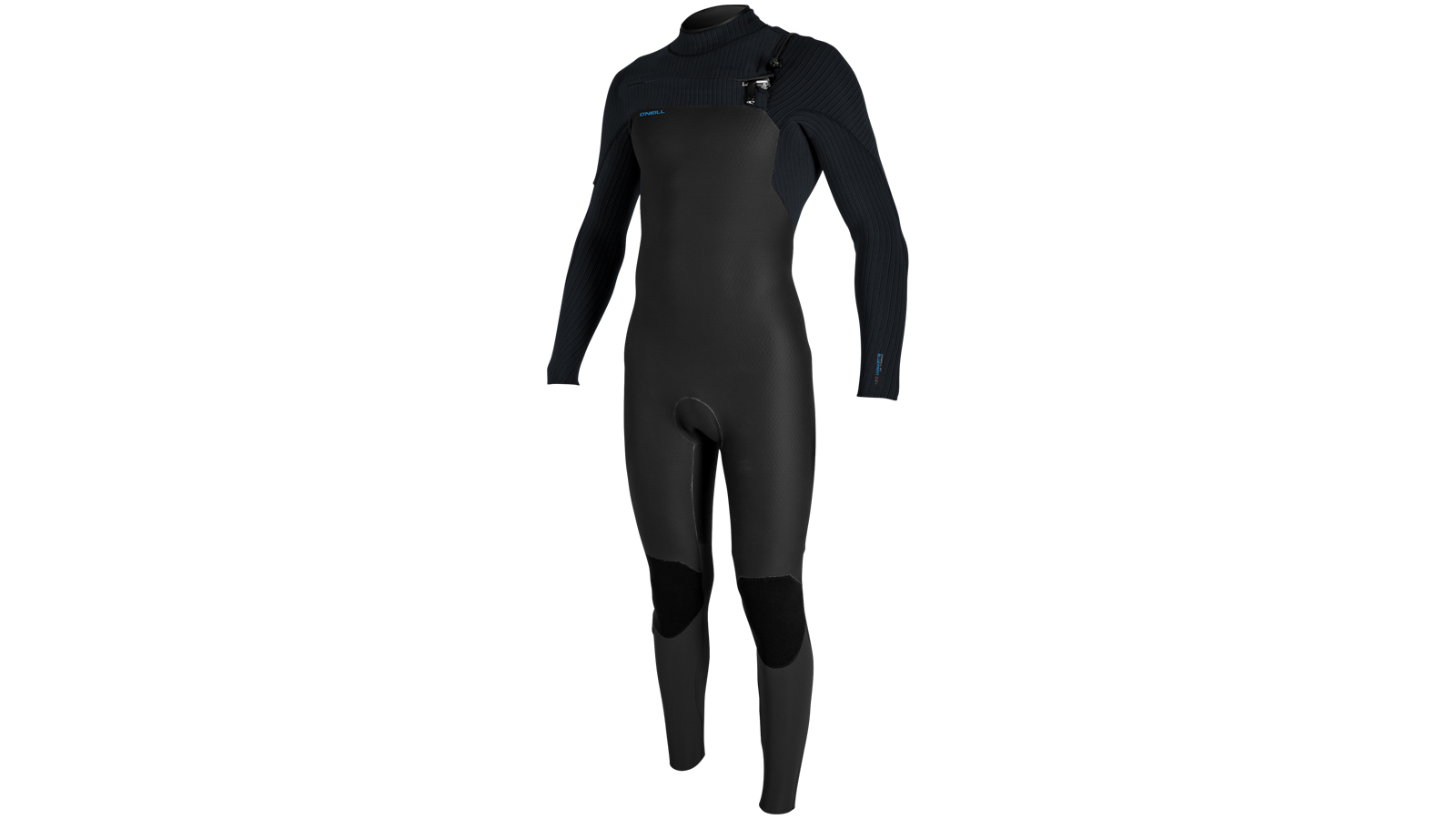
BLUEPRINT
Added flex often equals to a shorter lifespan: how do you handle the flex/durability balance?
There is a fine balance between flexibility and durability and not all are made equal, where more of one can mean less of the other. We like to offer our customer a choice so variations of these shape our entire range from entry-level durable wetsuits to high performance ultra-flexible ones and some in between.
When you buy a performance product in any market they generally cost more and quite often don’t last as long as the standard model. With this in mind the customer should evaluate this before making a purchase and understand what the physical limitations of the latest cutting edge materials are. We also make clear to our customers that looking after your wetsuit is key to it lasting longer and encourage them to repair rather than replace.
Any other key innovations to mention for FW21? (rubber, seams, constructions, entry system…)
As mentioned previously, for the ultimate in body heat retention, we have O’Neill’s unique single lined external material, Nova Skin, which has the ability to be glued and blind stitched due to its strong Graphene microfiber backing. This can be found in our Blueprint series of full wetsuits.
The Blueprint also features our re-cycled nylon jersey interior and exterior, recycled oyster shells, solvent free glue lamination, recycled TB3X tape and our unique Nova Skin Air Graphene Firewall. We are also launching a Windfreak version that will incorporate feature benefits for the wind sport participants.
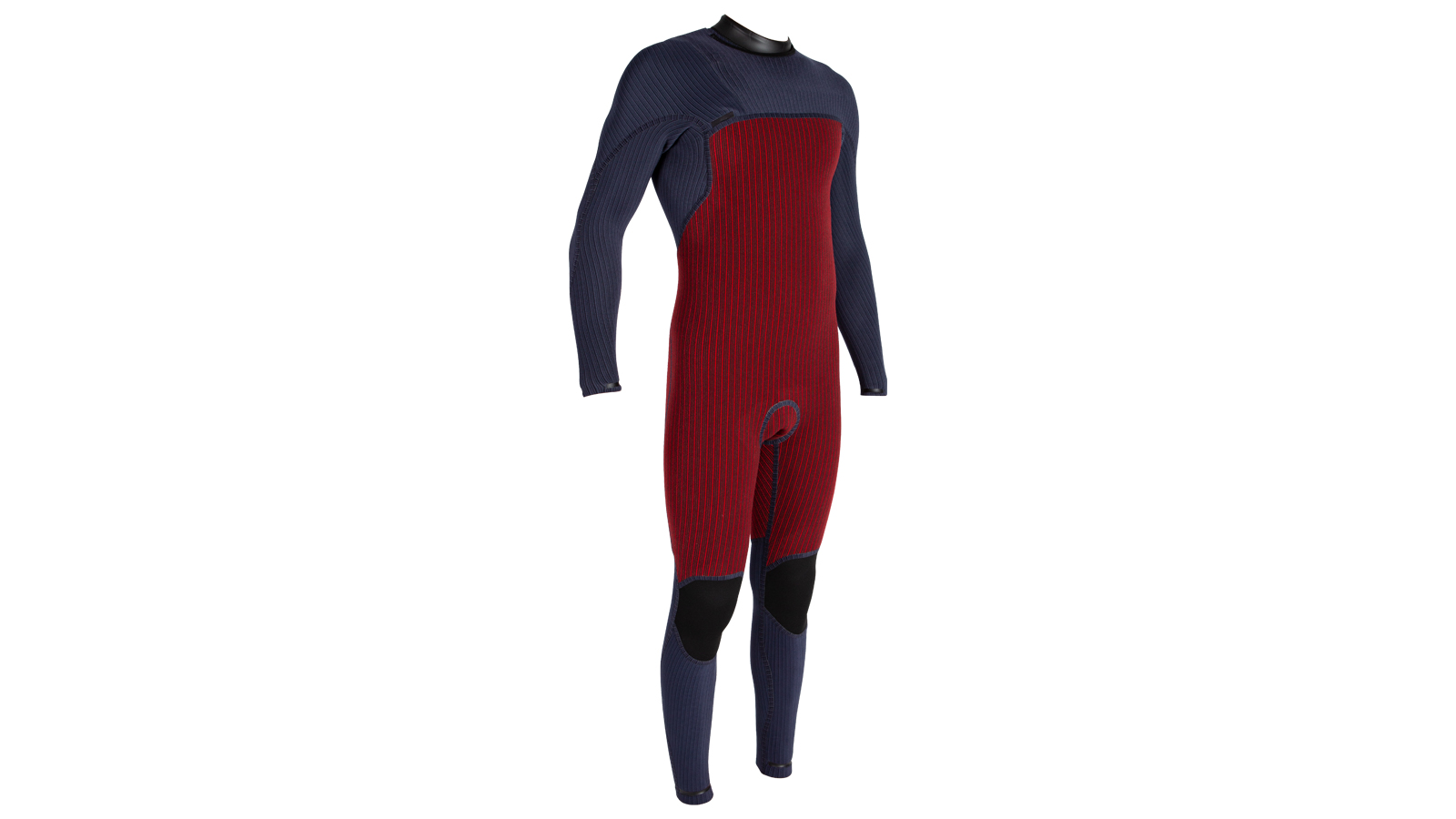
BLUEPRINT INTERIOR
Are the features seen on premium models from a few years back trickling down to the lower-end models?
Yes ,this is very true where it’s applicable and cost effective.
Do you consider limestone neoprene to be a sustainable material? And why do so few brands move on to a greener wetsuit such as the Yulex models for example? Which are the impediments to do so? (consumer habits, cost-effective, technical issues…)
Currently we are not convinced that ‘Natural Rubber’ is less harmful to the environment than limestone extraction, but we are still investigating. If and when we determine that natural rubber is less harmful, then we’ll switch to it. From our standpoint we should be finding alternatives to rubber and not producing more products that use it.
O’Neill is always focused on producing the best high-performance wetsuits in the industry and currently many ‘greener’ alternatives that claim to be sustainable, are not equal. We are currently testing many rubber alternatives and when they come close to our performance requirements, we will make that change.
